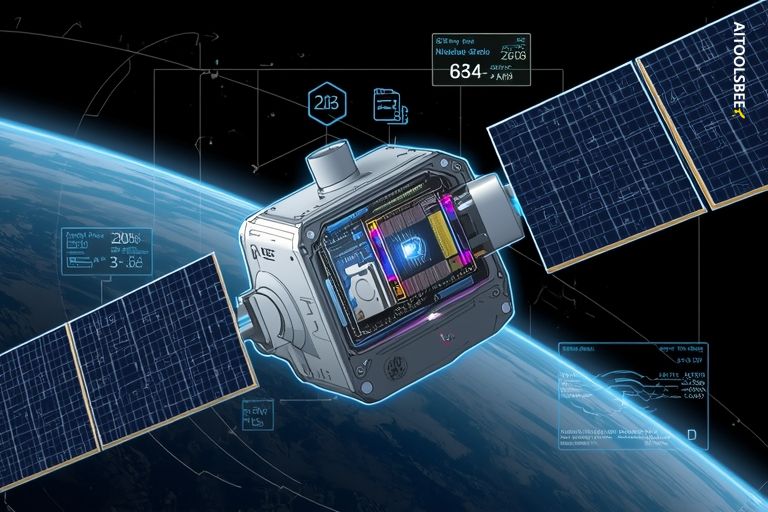
Radiation-tolerant S-A2300 passes LEO mission tests for onboard AI
A radiation-tolerant onboard computer crossed a major milestone as the S-A2300 completed low Earth orbit mission testing with successful results, signaling a shift toward processing data in space rather than sending it home and underscoring the rising importance of autonomy for satellites.
Engineers evaluated total ionizing dose exposure up to 10 krad (Si), and every function remained operational during and after irradiation, including NVMe storage, eMMC boot, Ethernet communication, UART and GPIO, FPGA access, and CPU and GPU stress testing, an outcome that reinforces reliability goals for S-A2300 as device temperature held near 33 degrees Celsius.
Simulations indicate that with 200 to 300 mils of aluminum shielding, the platform can withstand up to 20 krad (Si) in orbit, meeting typical LEO requirements while pairing that durability with the NVIDIA Jetson AGX Orin Industrial module inside S-A2300. The module provides 248 trillion operations per second, 2048 CUDA cores, 64 Tensor cores, a 12-core ARM v8.2 CPU and 64 GB LPDDR5 ECC RAM, plus 1 TB NVMe SSD, microSD for telemetry, cold plate cooling and a compact integration footprint.
Real-world needs explain the push, with S-A2300 aimed at real-time image analysis, autonomous navigation, climate and environmental monitoring, space debris tracking and defense satellite situational awareness. As compute shifts from cloud to the edge, video analysis at source trims downlink and paves the way for autonomous actions, a pattern that aligns with global investment focus on systems that function outside traditional data centers.
For satellite programs balancing size, weight and power, radiation tolerance is becoming a performance differentiator, and S-A2300 presents a blend of hardened design and modern GPU throughput that can be built into compact spacecraft. The direction suggests enterprise workflows will expect in-orbit content to be triaged and acted upon automatically, a clear sign that edge-first computing will define the next phase of intelligent operations.

Covers how technological progress is shaping new products and services, delivering clear insights into the fast-evolving AI tools industry.

